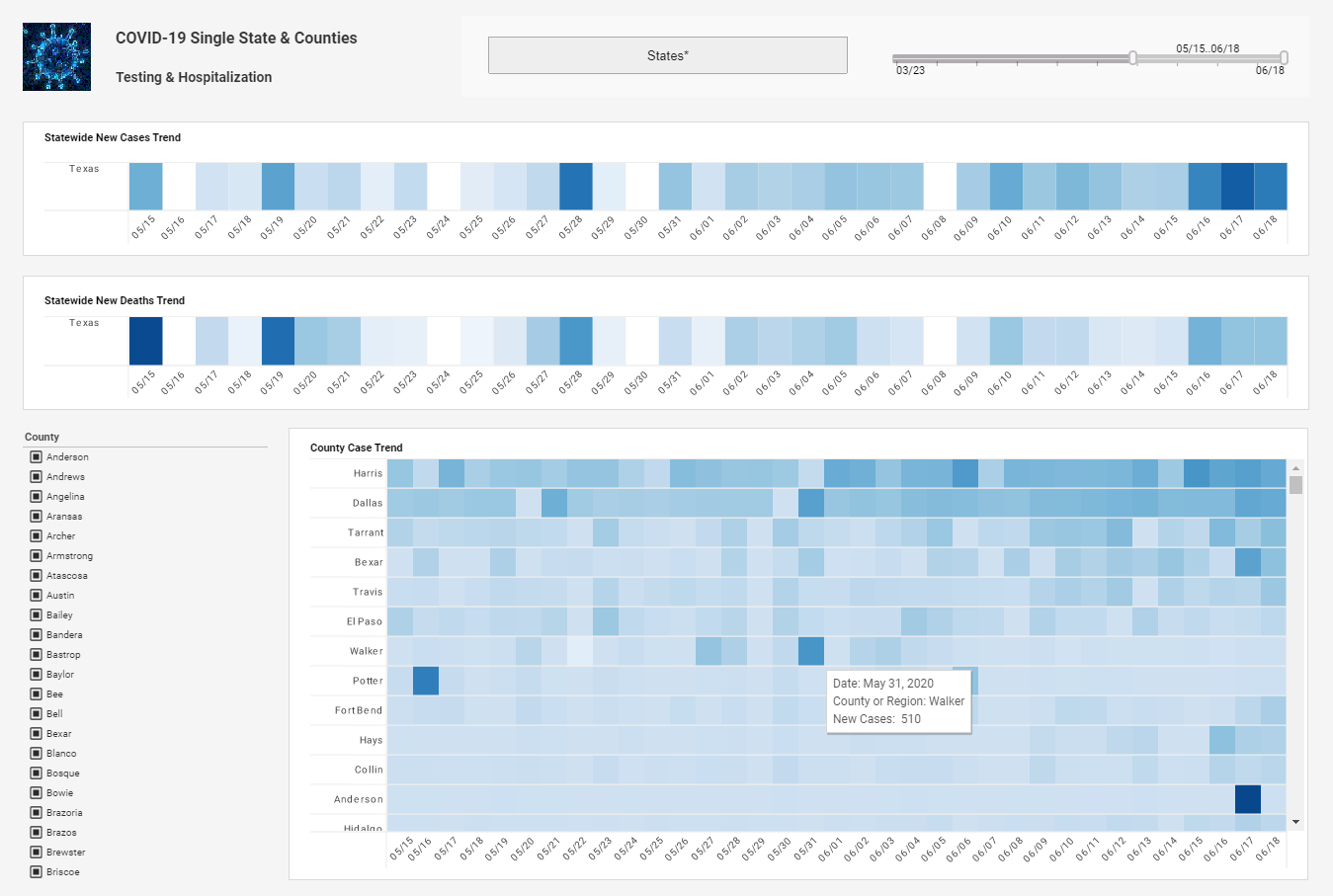InetSoft's Embeddable Dashboard and Reporting Software for Application Service Providers (ASPs)
InetSoft's dashboard and reporting software is especially suited for embedding by ASPs or SaaS providers.
Since 1996 the company has been developing business intelligence software applications for enterprises and for other technology providers, such as ASPs to integrate into their offerings.
InetSoft's solutions are all Web-based, 100% Java for the server application, and 100% HTML5 for the client. The small footprint, SOA and Java based architecture makes an ideal embedding and integration ready platform.
In terms of the dashboard and reporting application an ASP can deliver with InetSoft's software.
| #1 Ranking: Read how InetSoft was rated #1 for user adoption in G2's user survey-based index | Read More |


It will offer an ASP's customers:
- a visually compelling interface that will appeal to all users
- a high level of interactivity and self-service
- intuitive controls such as list boxes and drop-downs which minimize training
- high levels of self-service with the ability to slice and dice many views of the data
- quick response for information display
It will offer an ASP's developers:
- a solution than can scale from small to large numbers of users
- flexibility to adapt to changing data structures or information needs
- ability to mash up disparate data sources
- rapid dashboard and report development
- high re-use of dashboard and report components
- a drag and drop designer
- a JavaScript API that is quick to learn
- many integration points including user management
- a highly customizable solution ideal for re-branding, tailoring to the target market
- flexible licensing options that can match any business model
About InetSoft
Since 1996 InetSoft has been delivering easy, agile, and robust business intelligence software that makes it possible for organizations and solution providers of all sizes to deploy or embed full-featured business intelligence solutions. Application highlights include visually-compelling and interactive dashboards that ensure greater end-user adoption plus pixel-perfect report generation, scheduling, and bursting.
InetSoft's patent pending Data Block technology enables productive reuse of queries and a unique capability for end-user defined data mashup. This capability combined with efficient information access enabled by InetSoft's visual analysis technologies allows maximum self-service that benefits the average business user, the IT administrator, and the developer. InetSoft solutions have been deployed at over 5,000 organizations worldwide, including 25% of Fortune 500 companies, spanning all types of industries.
What Happened to the Term, Application Service Providers or ASPs?
The term Application Service Provider (ASP) was all the rage in the late 1990s and early 2000s, right at the intersection of the dot-com boom and the rise of the internet as a business platform. ASPs were essentially companies that delivered software applications over a network — typically the internet — to customers, on a subscription or rental basis, rather than as software you'd buy and install on-premises.
But somewhere along the way, the term "ASP" kind of… disappeared. So what happened?
1. The ASP Model Evolved — and Got a New Name
The ASP concept didn't die — it morphed into what we now call SaaS (Software-as-a-Service).
ASPs were the precursors to SaaS. They typically hosted and managed applications in their own data centers and delivered them via the web. However, early ASPs often took legacy, single-tenant apps and tried to deliver them over the internet — which brought scalability, performance, and customization issues.
SaaS took the same foundational idea but re-architected it for the cloud: multi-tenant, scalable, configurable, and accessible via browsers with minimal IT involvement. Salesforce, founded in 1999, was a major pioneer here, and by the mid-2000s, SaaS became the dominant model for delivering business applications.
So in short: ASPs didn't vanish — they simply rebranded and matured into SaaS.
2. The Dot-Com Bust Tarnished the ASP Term
During the dot-com era, a lot of ASPs popped up with ambitious visions but poor execution. When the bubble burst around 2000–2001, many of them collapsed.
The term "ASP" became associated with:
-
Fragile business models
-
Limited functionality
-
Poor uptime/performance
-
Vendor lock-in without flexibility
SaaS emerged in the aftermath, using more robust, scalable cloud infrastructure, and the industry was eager to distance itself from the "ASP" baggage. So the term fell out of favor even though the business concept endured.
3. Cloud Computing Changed the Game
Around 2006–2008, cloud platforms like Amazon Web Services (AWS) entered the scene. This shifted focus from just software delivery to a broader cloud ecosystem that included infrastructure, platforms, and applications. Terms like:
-
IaaS (Infrastructure-as-a-Service),
-
PaaS (Platform-as-a-Service),
-
SaaS (Software-as-a-Service)
…became the dominant language of modern computing. "ASP" sounded quaint, narrow, and tied to an earlier generation of hosted services.
4. ASP Was Too Vague for Modern Contexts
Another reason ASP faded away is that it lacked precision. It just meant someone else was hosting your application — but it didn't say much about how:
-
Was the app multi-tenant or single-tenant?
-
Could users customize it?
-
How was it accessed—through a browser, Citrix, or desktop thin client?
-
Was it subscription-based or metered?
SaaS and cloud computing models gave more specificity, making it easier to define, sell, and support those services. Over time, ASP just sounded outdated compared to these more sophisticated models.
5. What's Left of ASPs Today?
While the term is nearly extinct in tech marketing, some vertical industries or older enterprise contracts still use the term ASP — especially in regulated sectors like healthcare, government, and finance. You might still see ASPs that offer specialized, niche applications on a hosted basis, especially where compliance and control are prioritized over cloud-native design.
But the language has shifted. Even these companies increasingly brand themselves as SaaS providers or managed service providers (MSPs) to stay current.

